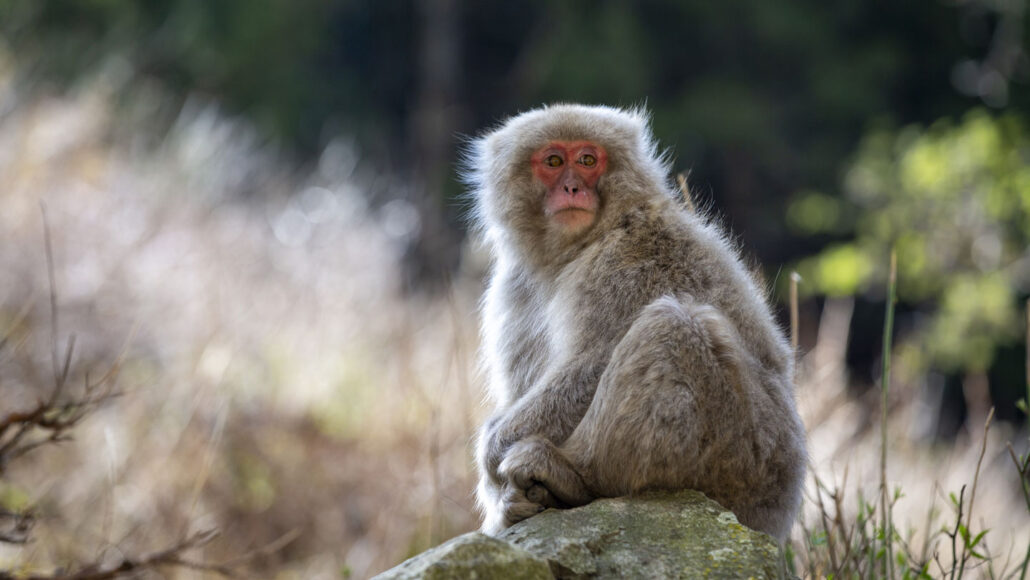"New study offers insights into the evolution and purpose of masturbation in primates"

Although masturbation is a common behavior across the animal kingdom, it poses an evolutionary paradox. Why would an animal waste time, energy, and reproductive resources on self-pleasure instead of copulating with a partner?
Studies on individual species have found some explanations. For example, low-ranking Japanese macaques (Macaca fuscata) masturbate to keep their sperm fresh for when they get a rare chance to mate. But the questions of when and why masturbation evolved in the first place have remained unanswered.
A new study, published in the Proceedings of the Royal Society B on June 7, 2021, suggests that the evolutionary history of masturbation in primates extends back at least 40 million years. The behavior might indeed help male primates be ready to mate when they get a chance, and also stay free of disease.
The authors are “the first to use a cross-species approach” to explore the function of masturbation, says Lateefah Roth, a biologist at the Institute of Forensic Psychiatry and Sex Research at the University of Duisburg-Essen in Germany. It’s “a great starting point,” Roth says.
Evolutionary biologist Matilda Brindle of University College London and colleagues conducted the study by sifting through the scientific literature to find records of which primates masturbate and which do not, whether in the wild or in captivity. They then sent out questionnaires to researchers to ask about their observations of primate masturbation that weren’t reported in the literature. The team used computer analyses to determine where in the primate lineage the behavior most likely originated.
From around 40 million years ago, “the ancestors of all monkeys and apes” appeared to have masturbated. This would be around when simians — apes and monkeys — split from the tarsiers, diminutive, bug-eyed primates that live in Southeast Asia.
Multiple mating partners and pathogen prevalence are associated with masturbation in male primates, but not in females. Masturbation can help males be ready to mate quickly with fresh sperm while also purging their reproductive tract of pathogens. But for females, the two hypotheses don’t mix. The vaginal environment becomes less acidic when the female is aroused so that sperm aren’t killed on arrival, making it safer for pathogens.
While the study found no correlation between female primate masturbation and having multiple mating partners, Brindle suspects that there probably is a relationship that would come to light with more data. The paucity of data for females may be driven in part by the historical tendency to think of female animals as “passive recipients of male behavior,” Brindle says.
The stigma around studying masturbation and sexual behavior has started to ease up, Brindle notes. But given that other mammals, as well as birds and reptiles, also masturbate, Roth says, “if we want to understand the bigger evolutionary picture of this behavior, we need to look beyond primates.”




